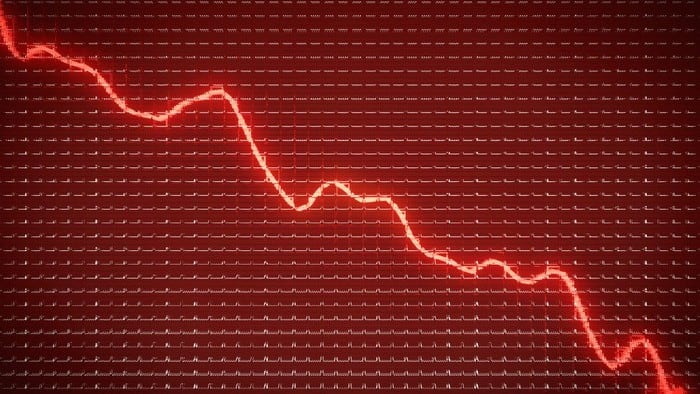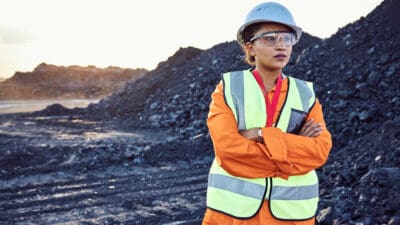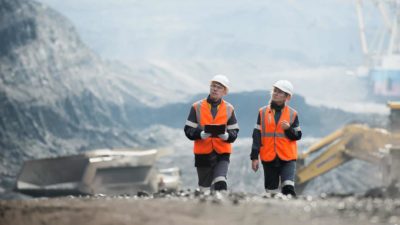The Rio Tinto Limited (ASX: RIO) share price fell by more than 10% in September 2021.
What could be a reason for the decline?
Commodity prices
A resource business is heavily reliant on the price of the commodity for how much profit it's able to make.
It costs a business a certain amount of money to extract a tonne of material. The production expenses per tonne cost that amount whether the commodity price is US$50 per tonne or US$250 per tonne.
When prices go up, most of that extra revenue turns into profit for the company. But the same is true when prices fall, that extra profit disappears.
Rio Tinto is one of the largest iron ore miners in the world. A big part of its profit comes from the iron ore division. Lower iron ore prices are likely to come with lower profits.
In September 2021, the iron ore price fell below US$100 per tonne.
Just a few months ago it was well north of US$200.
Evergrande
The Rio Tinto share price went lower in the second half of the month as commentary increased about the potential problems with Evergrande.
Evergrande is a Chinese real estate business that was facing debt problems with its balance sheet, making debt repayments and continuing to make progress on its building projects. It's actually one of the bigger/biggest businesses in the world when it comes to revenue.
As a huge property developer, it is also one of the biggest users of steel (and therefore iron ore). A deterioration of the Evergrande business, or even a bankruptcy, could mean less demand for iron ore.
Rio Tinto's recent profit result
The resources giant acknowledged that higher commodity prices were the main driver of its FY21 result. In the first half of the 2021 financial year, it achieved an average iron ore price of $154.9 per wet metric tonne, equating to a $168.4 per dry metric tonne.
Rio Tinto's iron ore division saw underlying earnings before interest, tax, depreciation and amortisation (EBITDA) rise 109% to US$16 billion, net operating cashflow went up 102% to US$11 billion and underlying earnings surged 124% to US$10.2 billion.
When looking at the overall earnings, it is clear how much iron ore generates of the bottom line. Rio Tinto's overall HY21 result saw underlying EBITDA growth of 118% to US$21 billion, net operating cashflow growth of 143% to US$13.66 billion and underlying earnings growth of 156% to US$12.17 billion.
This high level of profit and cashflow allowed the business to grow its ordinary dividend by 143% to US$3.76 per share and also declare a special dividend of US$1.85 per share
Is the Rio Tinto share price a buy?
The business is making progress towards the large lithium project called Jadar.
Rio Tinto's CEO Jakob Stausholm said:
We are making progress on our four priorities, identifying opportunities for operational improvement, advancing our ESG agenda, taking important investment decisions and stepping up our external. We are making real and lasting changes to the way we engage, interact and operate and are committed to ensuring that we have strong and positive relationships wherever we do business. We have identified what we need to do to make Rio Tinto a better company for the long-term, with the right teams in place to unleash our full potential.
Opinions are mixed on the mining giant. The Rio Tinto share price is rated as a sell by UBS with a price target of $86, with lower iron ore prices.
However, Citi calls it a buy with a price target of $125, with strong aluminium prices being a good positive.






